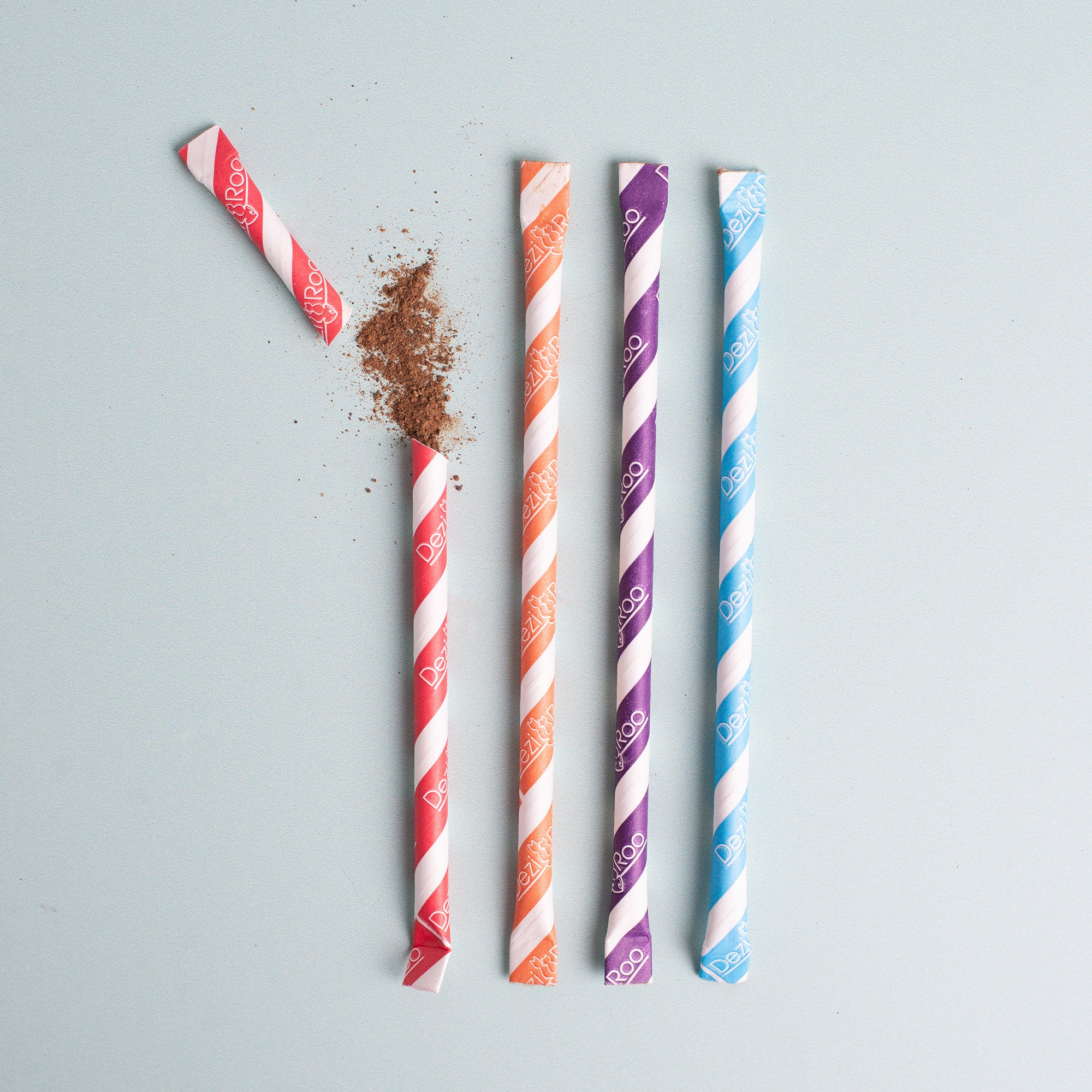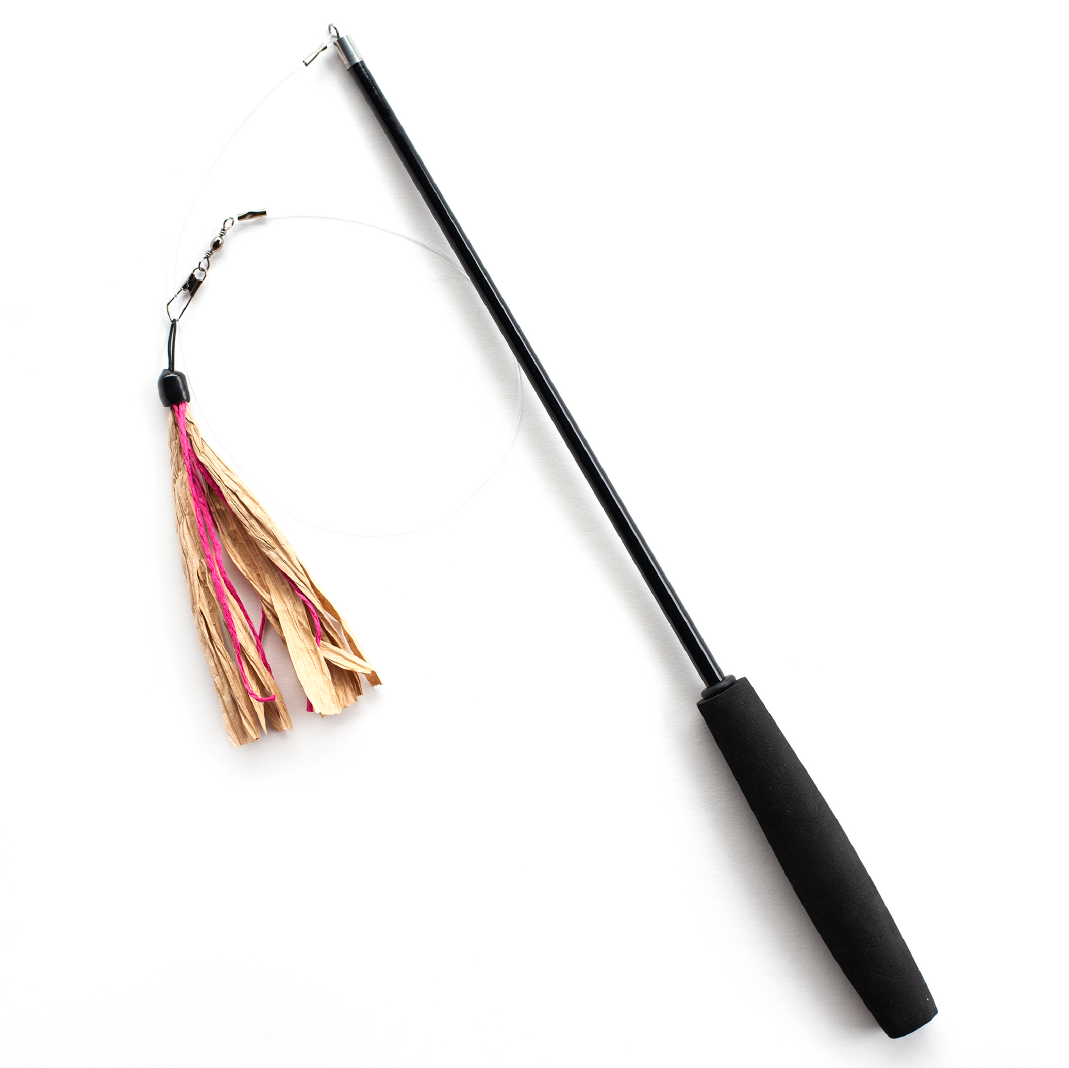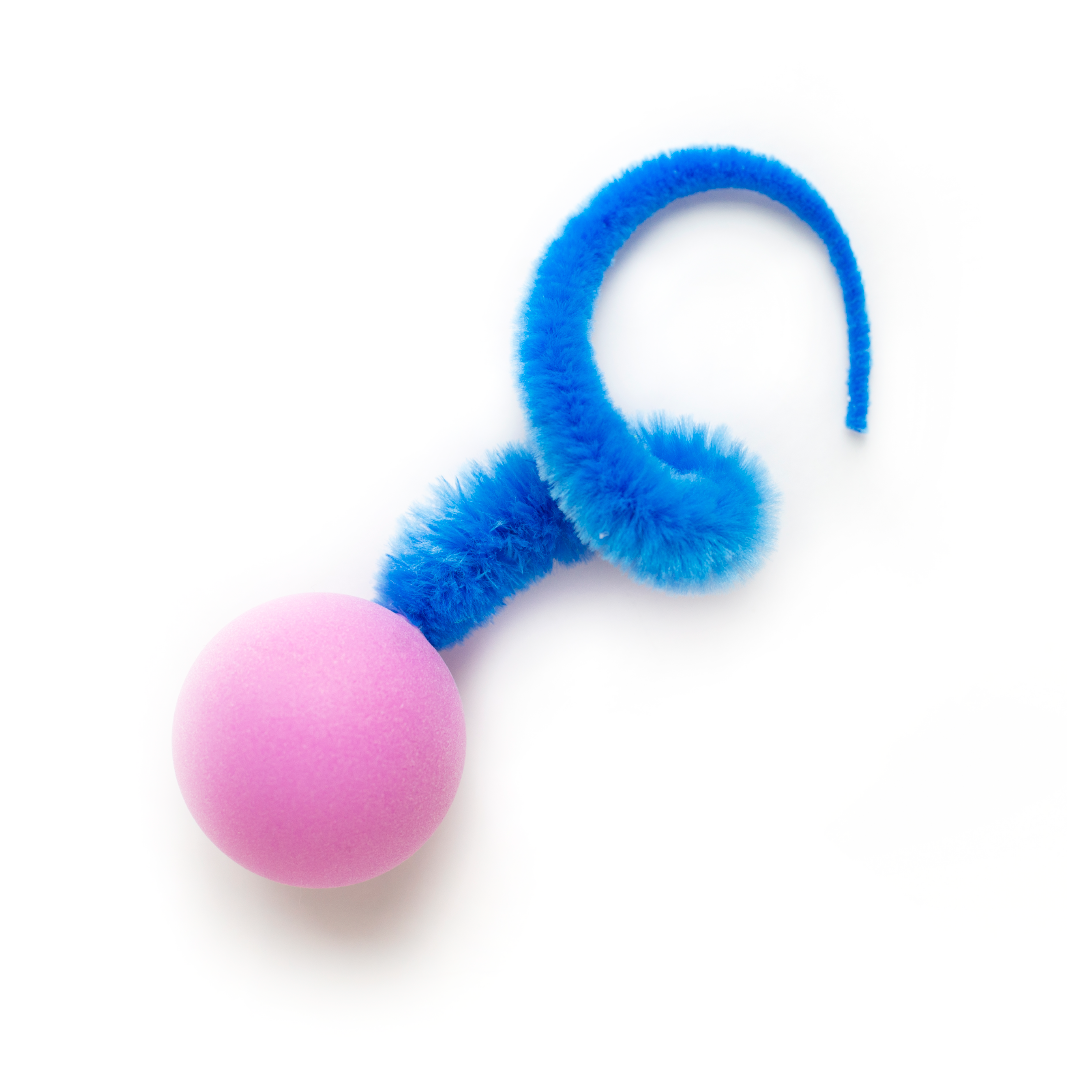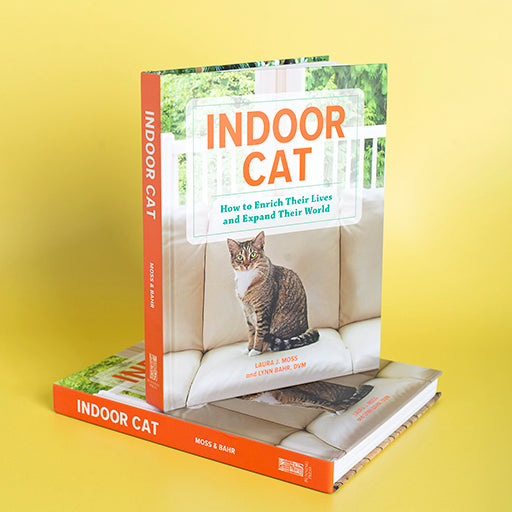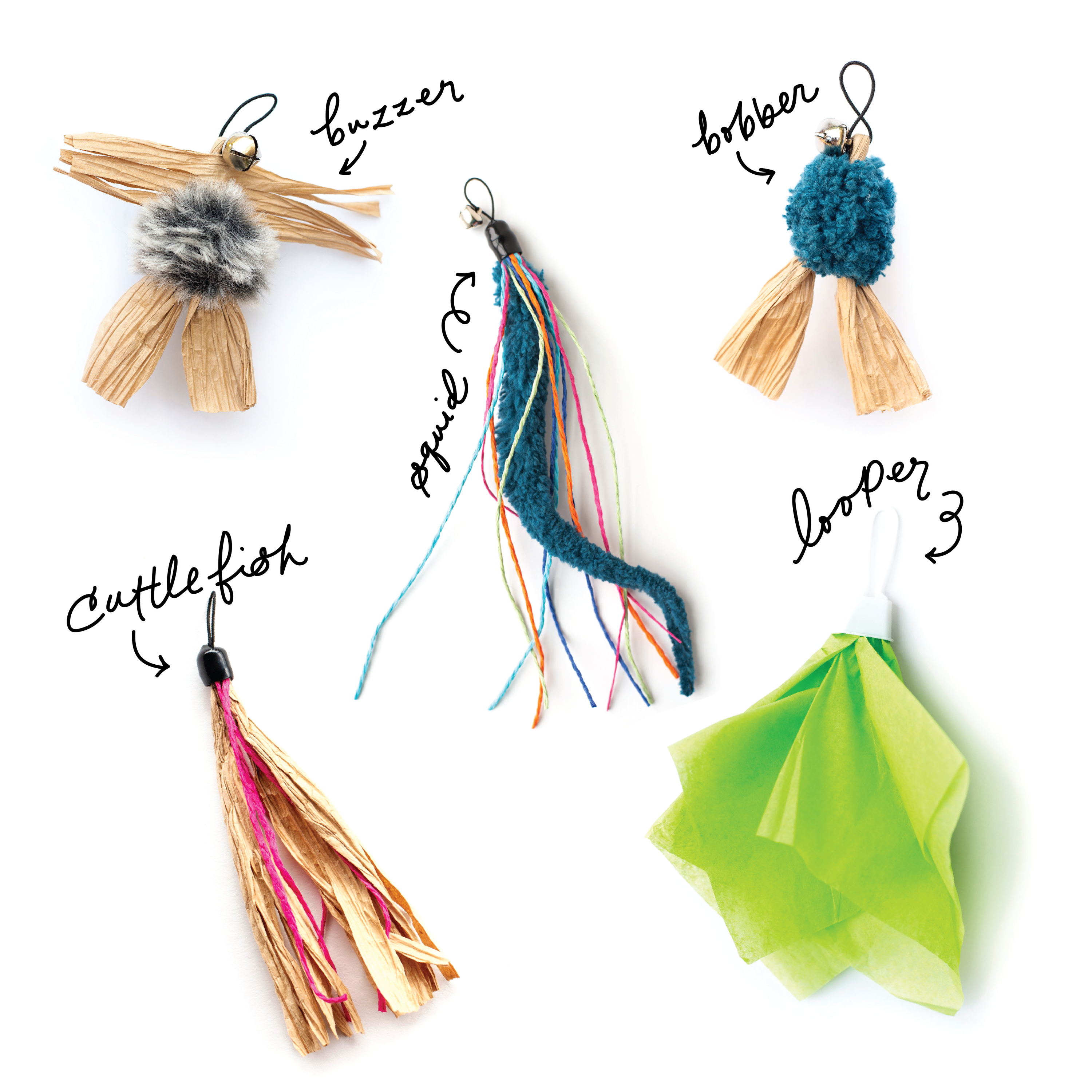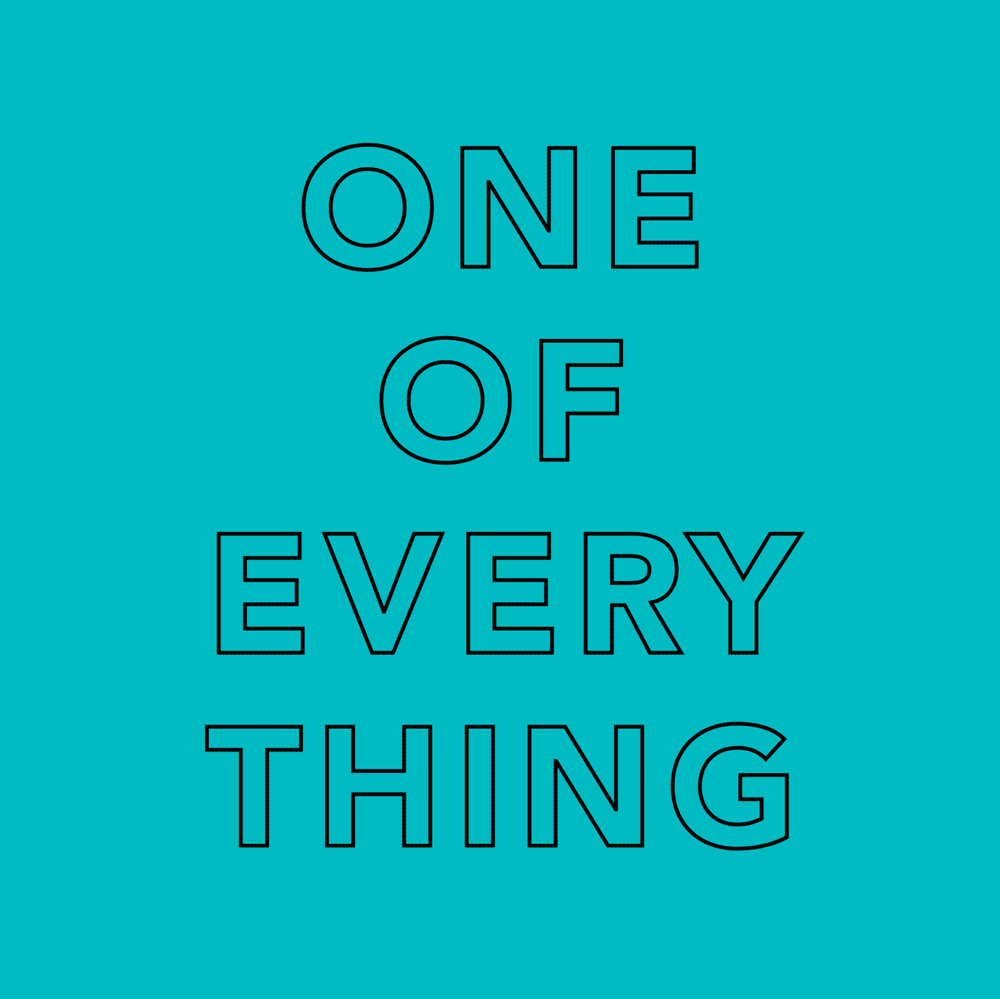Are You Feeding Your Cat Correctly?
A cat’s diet is highly important to their health. They are obligate carnivores, which means they must eat meat to survive, and it should be the primary source of nutrition. In other words, there’s no such thing as a vegan cat.

What should you feed your cat?
As a veterinarian, I am often asked by owners what to feed their cats. And I’m not surprised. If you look at what’s available in the cat food aisle at your local pet store, you might think finding healthy food for your cat is pretty complicated. They make cat food for healthy coats, urinary problems, indoor lifestyles, and a dozen or so other characteristics. And while you should follow your own vet’s advice about your pet’s specific nutritional needs, a cat’s basic diet is quite simple. They need high quality protein, and lots of it.
That said, make sure your cat is getting that protein from quality meat. This will keep their heart strong and their vision sharp. I’d recommend feeding more wet food than dry kibble because wet food is lower in calories, higher in protein and full of moisture. Think of it as the “Catkins Diet”: high in protein, low in carbohydrates.

Look at the ingredients list. The items listed first are the heaviest in weight. If the first two to three ingredients aren’t meat, it might be time for a change. In fact, I suggest regularly changing your cat’s brand and flavor of food. They need variety.
How much should you feed your cat?
The other question I get asked is how often and how much to feed your cat. This one is going to depend a bit more on your cat—for example, kittens and cats with health conditions have different needs than a healthy adult cat—but my basic recommendations are based on a cat’s natural instincts.
In the wild, cats will consume multiple small meals throughout the day (about 30-40 calories at a time, up to seven or more times a day). Unfortunately, pets are often fed large meals one or two times per day. This just isn’t the best, or even an appropriate, way to feed your cat.
I like to allow my cats kibble as in-between meal snacks or treats (often in puzzles or by foraging), and then offer meat-rich meals multiple times a day. This will allow them to eat when they are hungry and I am unavailable to serve them their wet meals. As always, pay attention to your cat’s behavior. If they have a tendency to scarf their food, they probably need to be fed smaller meals more often.
For meat-based meals, a quality wet cat food will work just fine. The moisture in the food will also give them hydration. Of course, you should always keep fresh water out for your cat as well. But if you’re feeding them wet food, you may notice that they drink less.

What about people food?
Yes, you can feed your cat some “people foods,” like meat, poultry, and fish, but make sure you’re giving them unseasoned versions. When in doubt, just stick to meat-based protein. There are some vegetables and plants they can eat safely but others that may be harmful. Do you homework and know what foods cats can or cannot eat and always check with your vet if you’re concerned.
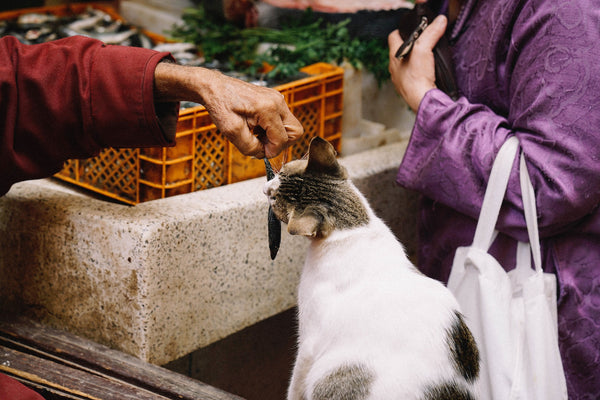
The bottom line is: don’t rely on one pet food corporation to know what’s best for your cat. Instead, rotate brands frequently and offer variety. You know your cat best. And remember, your cat’s digestive system is designed to process meat. Figure out the best, most economical way you can provide that, and you’ll have a happier and healthier cat.
Share:
13 comments
-
A cat’s diet is crucial for its overall health, as they are obligate carnivores that require meat as their primary source of nutrition. Unlike other pets, cats cannot thrive on a vegan diet; their bodies are specifically adapted to process animal proteins. Ensuring a meat-rich diet is essential for their well-being and longevity.
Trainers IT Institute on
-
thank you
arriya on
-
This article underscores the essence of a cat’s diet: high-quality meat is essential, reflecting their carnivorous nature. Opt for protein-rich, moist food over dry kibble for better hydration and nutrition, resembling their natural eating habits. Varying food brands and flavors ensures a balanced diet and satisfies their need for diversity. Additionally, regulating meal sizes and frequency aligns with their instinctual eating patterns, promoting healthier habits. In essence, understanding your cat’s needs and prioritizing meat-based, varied nutrition can significantly impact their well-being and vitality. Read more story about: https://todaycatfood.com/
Marie Rabago on
-
Thank you for this vital information. But I also Want to know about cat feeding tubes. What your thoughts oncat feeding tubes?
Joseph Seed on
-
very informative post, i like this
https://www.catfoodcare.com/ on
-
You made an interesting point when you mentioned that you shouldn’t rely on one corporation when it comes to pet food. If you are trying to find the right food for your cat, it could be a good idea to talk to your friends that also have pets. I would think that your friends would be able to suggest the pet food brands that they like using. https://www.cliftonfeed.com/services
Thomas Clarence on
